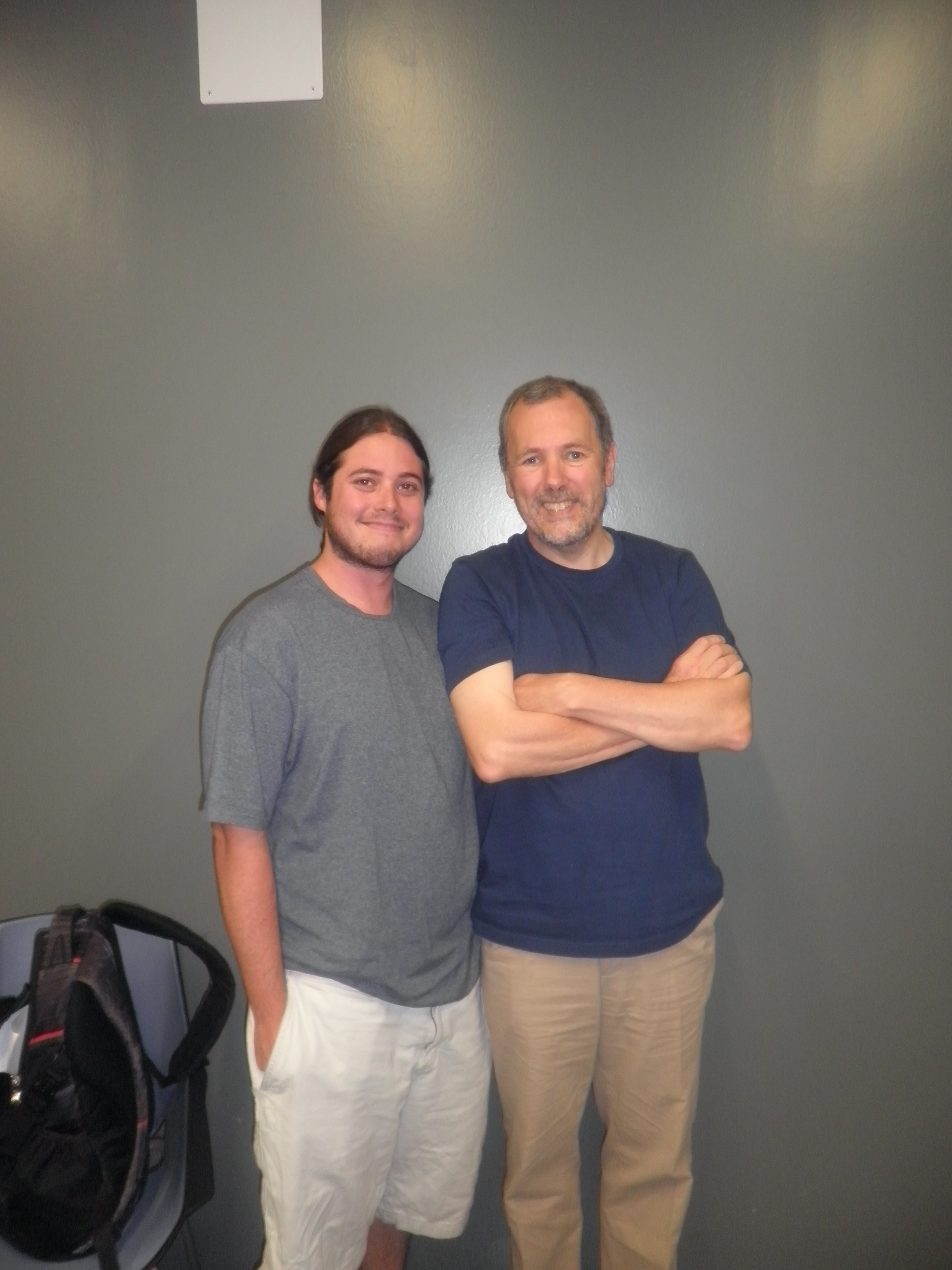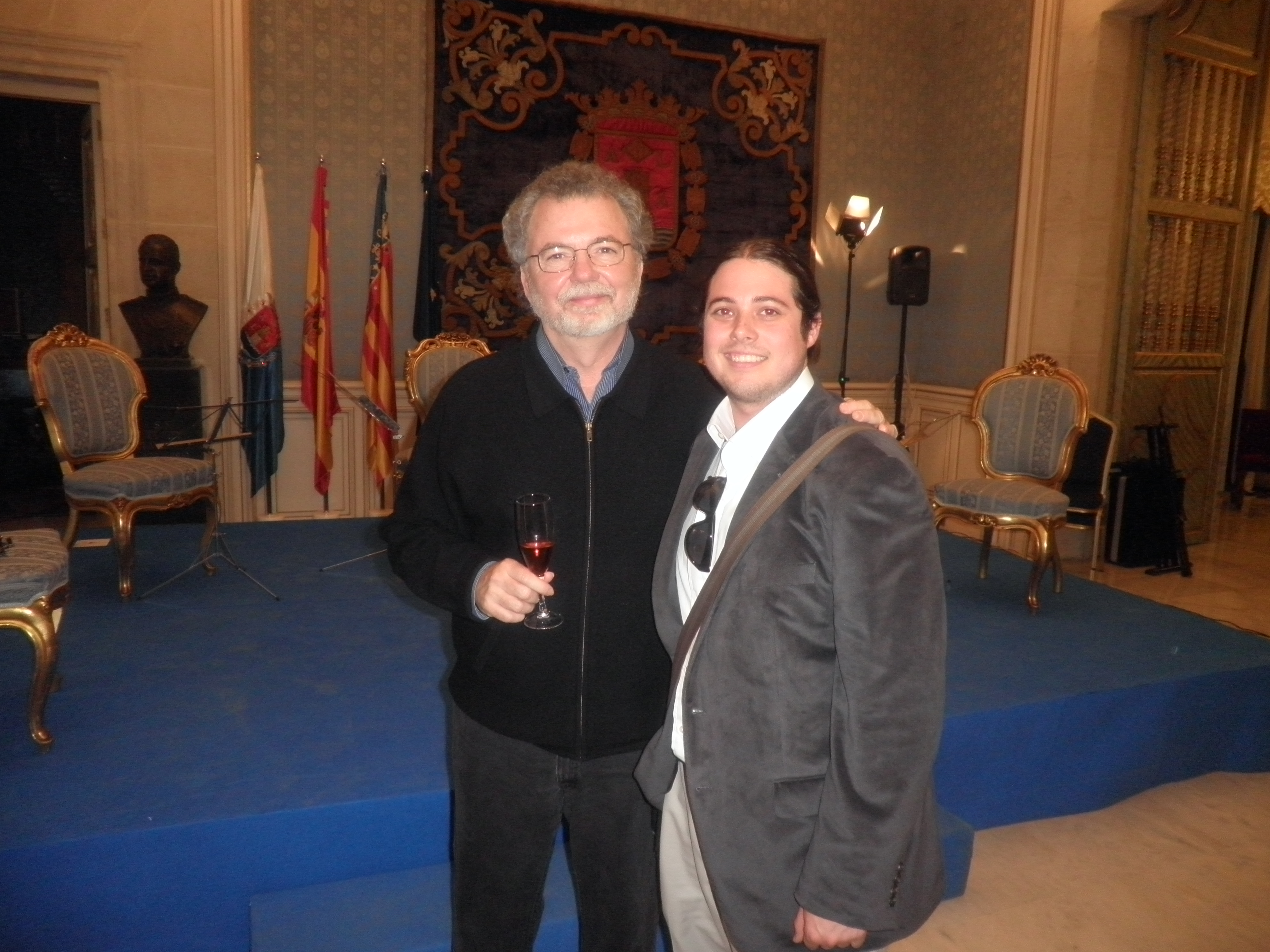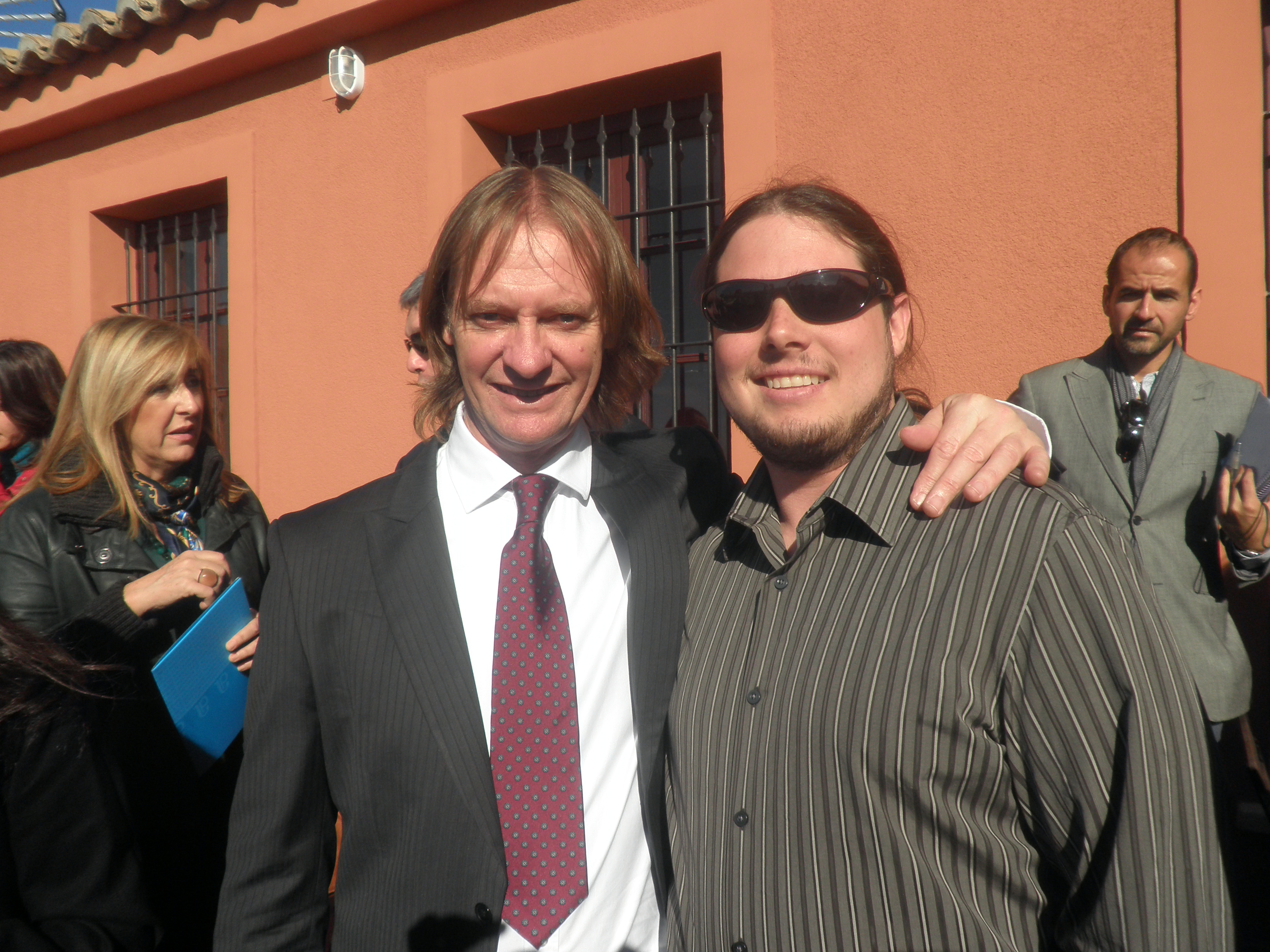Every person is different, but there are always a few things I like to accomplish during the holidays if I can:
1. Take a break. Usually at this point, the most stressful part of school semesters have just ended. I often try to take a couple of days off from playing the guitar (if I have no gigs etc) to unwind and calm down again. This is more for summer vacations, but a few days off during the winter is ok too.
2. For non-music majors, perhaps your semester of studies has culminated from studying too much of another subject. In this case, use the guitar as a way to do something fun for awhile.
3. Work on technical exercises. Since classes are finished, and you have more free time, and do not necessarily have specific pieces you need to learn, take this time to work on technique. It will work wonders for you later on down the road. (Of course this is something that should be worked on everyday, but let’s be honest, sometimes there’s not enough time in the day to give it the time that it needs.)
4. Choose pieces. Take this time to choose a few pieces to work on for the coming semester. If you already have some in mind, start trying to read through them.
5. Discover pieces. Use your free time to discover new works (could also be old works you just have never heard before). This could help you out with #4 on this list. Also, don’t just limit yourself to solo pieces. Find chamber pieces as well.
6. But the most important thing is to always make time for your family and friends.




